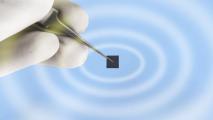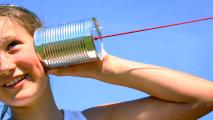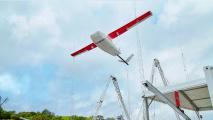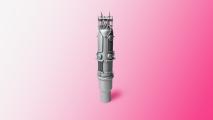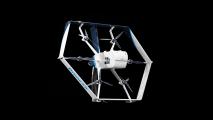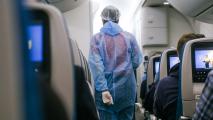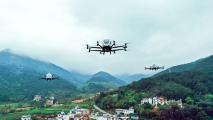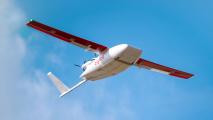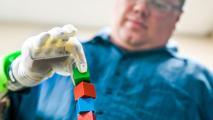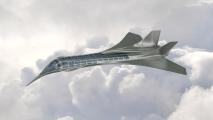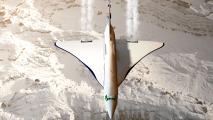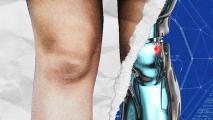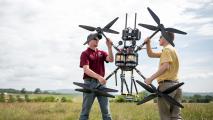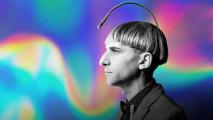
The Material World
Though we live in a digital age, material science has shaped history—and it’s far from over. From quantum computers to fusion reactors, breakthroughs in materials will drive the next technological frontier.
More
Walmart and Zipline launch a 1-hour drone delivery service that will parachute-drop your purchases
Walmart’s drone delivery service will deliver wellness products to customers within a 50-mile radius of their headquarters in Arkansas.
You can now order a 3D printed, mind-controlled prosthetic arm
By scanning amputees’ limbs with a 3D scanner, Unlimited Tomorrow is making custom prosthetic arms that can be controlled with the mind.
Mini nuclear reactors take big step forward in the US
NuScale Power’s small modular reactors generate less energy than full-sized nuclear reactors, but they might also be cheaper and safer.
Amazon drone delivery gets approval to launch from FAA
Prime Air, Amazon’s drone delivery service, has secured a key FAA certification, clearing it for the next phase of testing in the U.S.
Smart traffic lights ease congestion on city streets
Smart traffic lights by startup NoTraffic use AI to improve the flow of traffic in cities, minimizing carbon emissions and delays for first responders.
The material that could help humans become cyborgs
Coating implantable electronics in the polymer PEDOT can extend their life, which could make cyborgs more common in the future.
Is it safe to fly right now? MIT expert weighs in.
Is it safe to fly right now? An MIT professor calculated the risk of air travel during the pandemic in two different flight scenarios.
“Touchless touchscreen” could reduce distracted driving
New “predictive touch” tech could help prevent distracted driving by limiting the amount of time drivers spend interacting with vehicle displays.
A guide to flying during the coronavirus pandemic
Flying during the coronavirus pandemic can increase your infection risk, but if you can’t avoid it, here’s how to do so as safely as possible.
We’re one step closer to a bionic, prosthetic eye
A prosthetic eye may soon be possible, thanks to new research that demonstrates how to stimulate the brain to “see.”
First autonomous air taxi terminal to open in 2020
Chinese autonomous aerial vehicle company EHang plans to build the world’s first air taxi terminal in Hezhou, China, before the end of 2020.
Ghana uses drones to speed up coronavirus testing
In Ghana, Zipline is helping speed up coronavirus testing by using drones to deliver test samples, and it wants to bring the service to the U.S.
How a paralympic swimmer helps advance AI bionic limbs
Morgan Stickney shares about her experimental Ewing amputations and training for the 2024 Paralympics.
24/7 solar power is on the horizon
Researchers at the Air Force Research Laboratory are planning new solar power tech that collects energy in outer space and laser-beams it back to Earth.
Developing a better mind-controlled prosthetic hand
This new technique allows a person to control their prosthetic hand precisely and in real-time by amplifying the nerve signals from their residual limb.
Coast-to-coast in 30 minutes: solving the physics of hypersonic flight
Researchers are solving big design challenges of hypersonic flight with a surprisingly small wind tunnel, and it could revolutionize commercial air travel.
Changing flight altitudes could help minimize contrails
A study found that flying a small percentage of planes at slightly different altitudes could significantly decrease contrails, a global warming contributor.
Building an artificially intelligent, open-source prosthetic leg
We’ve come a long way since the first prosthetic leg, and “smart” limbs, equipped with computing capabilities and…
New tech could finally change drone regulations for the better
FAA drone regulations require pilots to have a visual line of sight of their aircraft, but new detect-and-avoid systems could change that.
Series|
Biohackers
The cyborg artist who hears color
Neil Harbisson was born colorblind. Now he has an antenna implant in his skill to hear color and create beautiful works of art.
Subscribe to the newsletter
